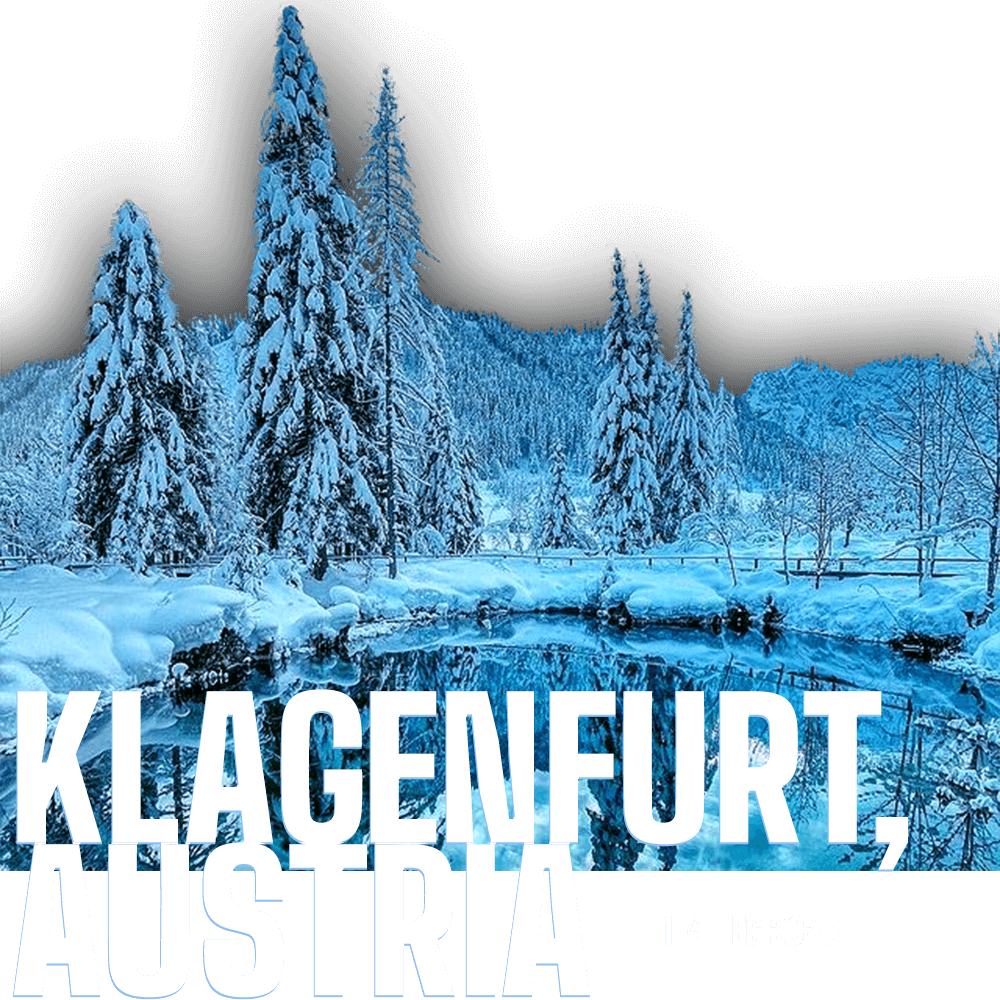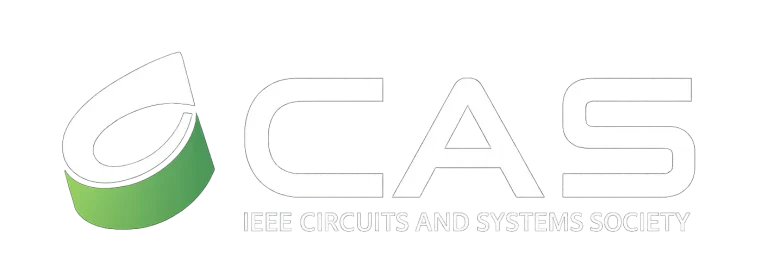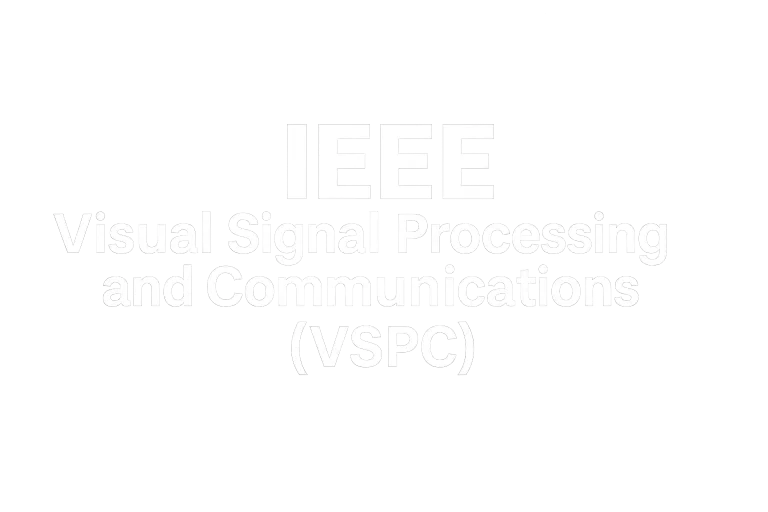Technically Co-Sponsored by the IEEE CAS




Visual Communications and Image Processing
The 2025 edition of Visual Communications and Image Processing (VCIP 2025) Conference, will be held in Klagenfurt, Austria, during December 1-4, 2025. VCIP is the oldest conference in the field and one of the flagship conferences of the CAS Visual Signal Processing and Communications Technical Committee. Since 1986 VCIP has served as a premier forum for the exchange of fundamental and applied research in the field of visual communications and image processing.
VCIP has a long tradition of showcasing pioneering technologies in visual communication and processing, and many landmark papers first appeared in VCIP. VCIP 2025 will cover new technology frontiers and new use cases, in the visual signal processing and communication areas, to discuss and envision the future of both technology and applications. VCIP 2025 inherits the tradition of previous conferences in providing a fertile ground for researchers, engineers, and professionals from academia and industry around the world. High-quality papers will be recommended to Transaction CSVT for journal extension.
In the Age of AI, the rapid evolution of visual technologies presents both incredible opportunities and pressing challenges for communication. Sustainable and trustworthy visual communications have become critical, as we navigate a world increasingly dominated by generative AI, deepfakes, and synthetic media. As AI systems grow more capable of creating hyper-realistic images and videos, the need for transparency, ethical standards, and responsible design has never been greater. How can we ensure that the visuals we rely on for education, journalism, and social interaction are authentic and free from manipulation? Moreover, how can we create visual content that minimizes environmental impact while remaining accessible and inclusive? This intersection of sustainability and trust in visual communications calls for innovative solutions—ones that preserve the integrity of information, protect privacy, and empower users to discern reality from illusion. By harnessing the potential of AI responsibly, we can redefine how visuals shape our perceptions of the world, ensuring they contribute to a more informed, ethical, and sustainable digital future
The deadline have been extended
include, but are not limited to:







